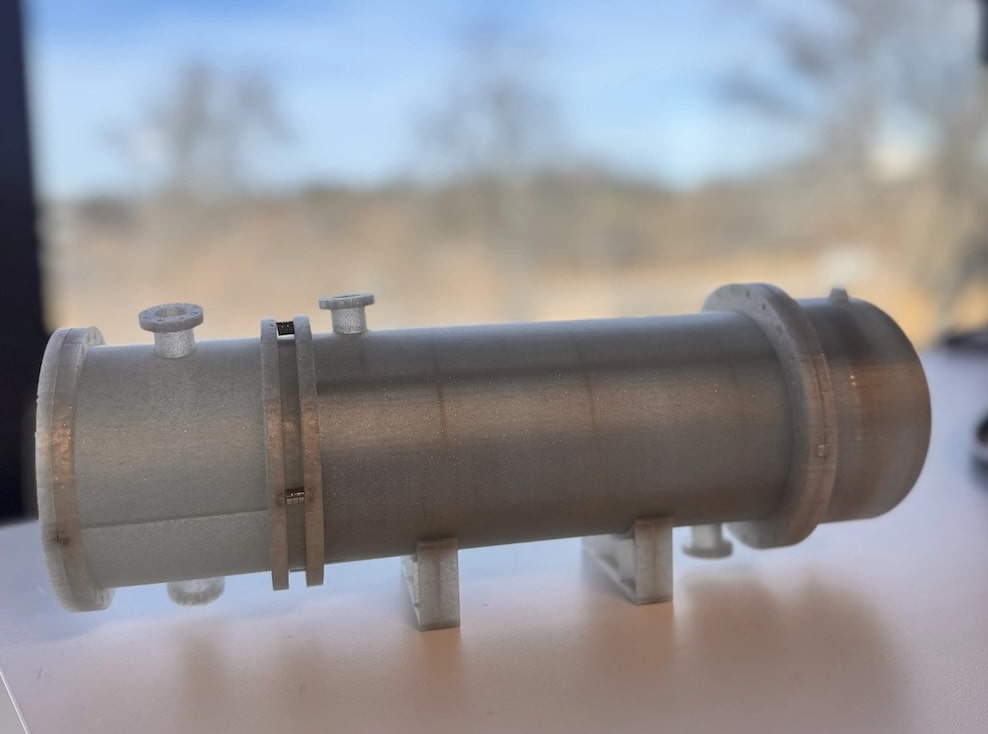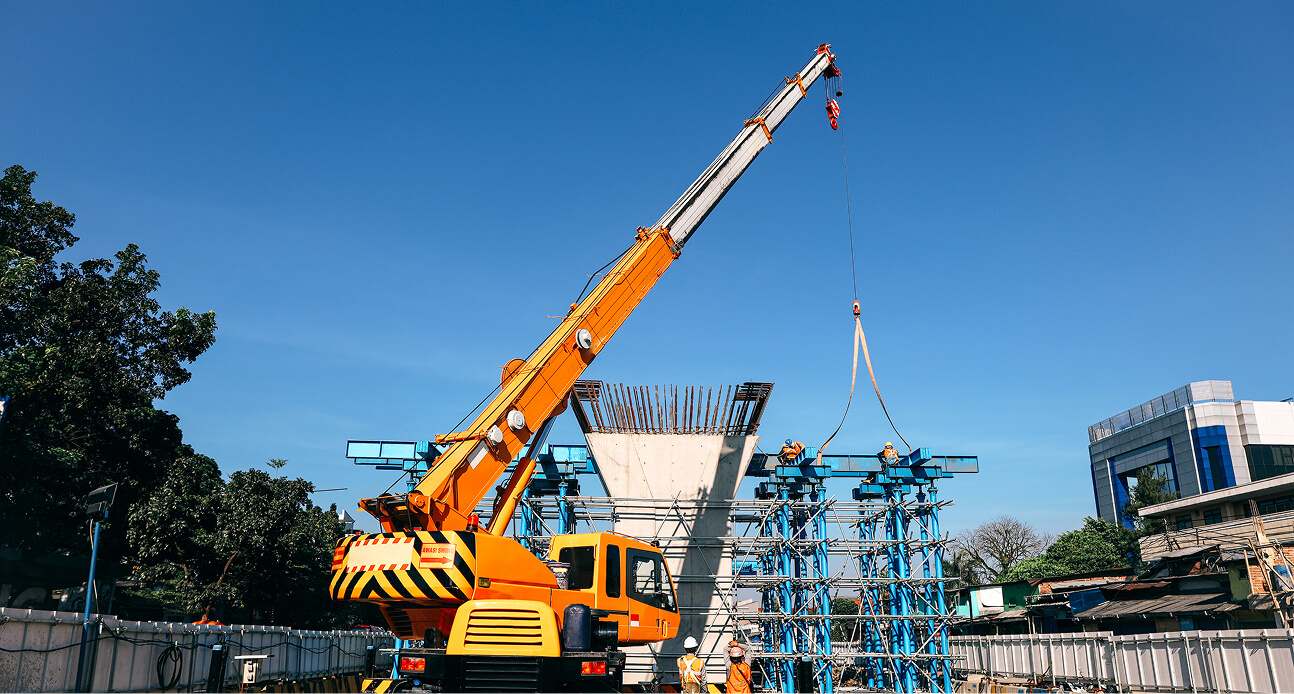
- Home
- Expertise
- BE Asset Management System™
- BE Structural Reliability Program™
BE STRUCTURAL RELIABILITY PROGRAM™
Brindley Engineering’s Structural Reliability Program provides a comprehensive infrastructure management system encompassing inspection, engineering, construction, quality control, and financial forecasting. It’s built upon Brindley Engineering’s proprietary Asset Management System, a data and technology platform built to provide cost efficiency, high quality, and enhanced analytics.
SRP programs include Structures and Fireproofing (S&FP) Programs, Walking Working Surfaces (WWS) Programs, Concrete Inspections, Cooling Tower (CT) Programs, Fireproofing Need Assessments (API 2218 Assessments), Structural Analysis and Rehabilitation Planning, and Post Fire Assessments (API 579-11, Level 3).
SRP PROGRAMS INCLUDE:
Includes structures and coatings such as foundations, paving, structural steel, reinforced concrete, masonry, timber, and fireproofing materials. Includes equipment items such as flare stacks, derrick structures, sphere legs, vessel legs and skirts, jib cranes, trolley beams, lift points, etc.
Ensure safety through the assessments of platforms, walkways, handrails, safety gates, ladders and safety cages, and other working surfaces.
BE conducts API 2218 fireproofing need assessments to determine where fireproofing is recommended by industry standards. Our integrated engineering team of process, mechanical and structural engineers is ideally suited to assess units, determine hazard envelopes, and review active and passive systems. Evaluations typically identify areas of deteriorated fireproofing that can simply be removed (not replaced), resulting in cost savings and reduced maintenance.
BE offers ICRI-certified concrete inspections, professional evaluations performed by technicians certified through the International Concrete Repair Institute (ICRI). Our team assesses concrete surface conditions, identifies underlying issues like cracking, spalling, or moisture intrusion, and conducts ICRI standardized tests for surface profile and moisture content. We deliver clear, actionable reports with repair recommendations to support long term durability and compliance. These inspections are especially valuable in industrial, commercial, and infrastructure environments where quality and safety are critical.
When structural degradation is extensive, Brindley Engineering recommends structural modeling to limit repair scope and improve prioritization. Provides considerable maintenance cost savings and higher safety.
If a fire incident occurs, the facility needs to return to a safe operation mode as quickly as possible. Our depth of knowledge of API 579 (Fitness for Service), industrial processes, structures, fireproofing materials, fire modelling, and heat propagation allows us to quickly assess the level of damage after a fire and establishes fit-for-purpose criteria to get the unit up and running again. We make it our mission to work together to return the unit to service safely and efficiently.
BE provides a blend of process, mechanical and structural engineering expertise ideal for providing integrated CT programs reliability solutions. We provide independent inspections and analysis of CT’s, ensuring clients repair only what is necessary and when necessary. Highly experienced in timber, steel, reinforced concrete and FRP.
SRP programs follow the AMS service levels, which include:
Provide clarity on structural infrastructure condition and risk by assessing and prioritizing defects, identifying root causes, and assessing asset integrity.
Minimize scope through structural capacity analysis. Provide engineered repair or replacement plans. Develop procurement bid packages. Establish KPIs.
Ensure quality and efficiency by monitoring construction and addressing discovery issues in real time. Develop and manage Inspection and Test Plans and QAQC.
Provide financial forecasts through enhanced data analysis.



